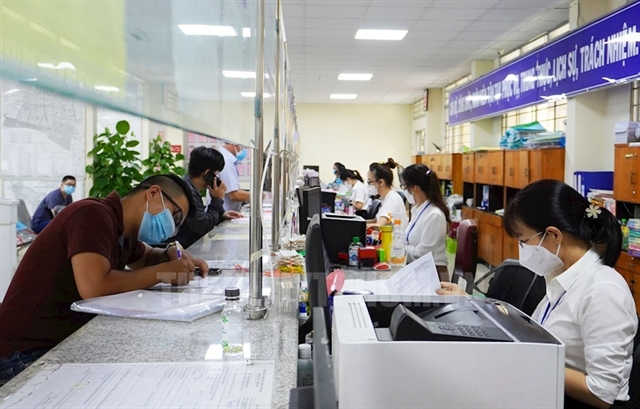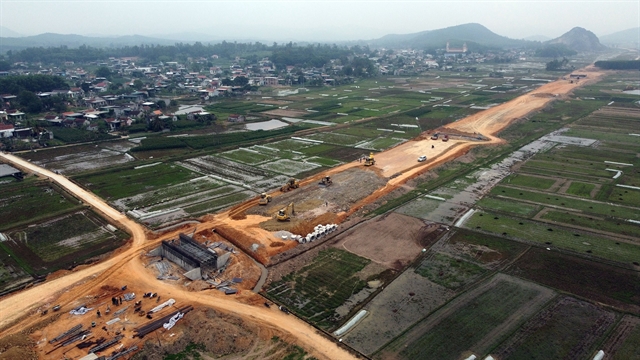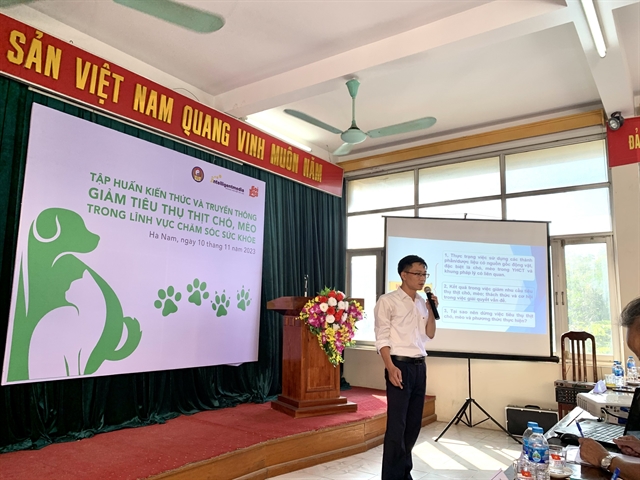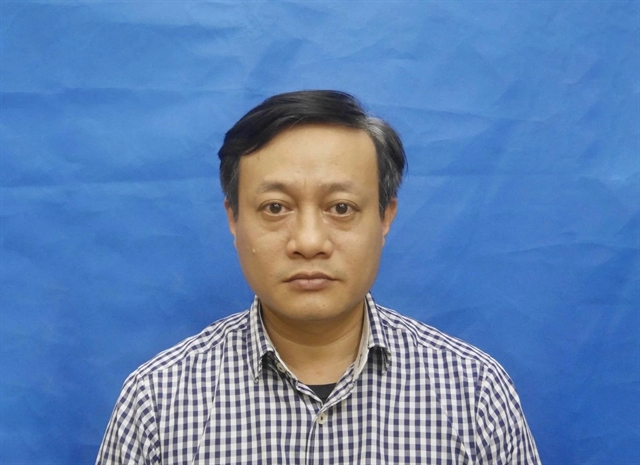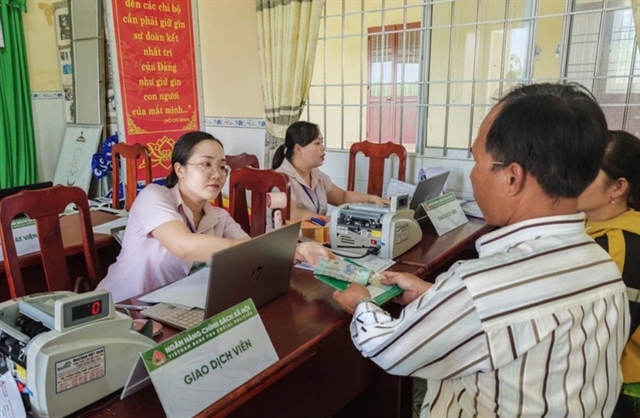
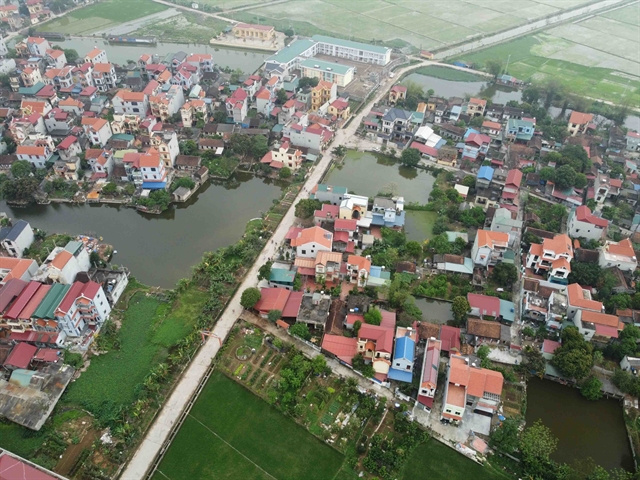
|
| An aerial view of Ứng Hoà District in Hà Nội. Photos courtesy of the Hà Nội Agricultural Extension Centre |
HÀ NỘI — Ứng Hoà District in Hà Nội is planning to pursue advanced and exemplary new-style rural standards following the completion of the national target programme to build new rural areas.
The district has been recognised for meeting standards in 2022 with all district-level units having completed the task of building new rural areas under the Government’s Decision 1224/QĐ-Ttg issued on October 24, 2023.
Ứng Hoà District in Hà Nội is witnessing positive changes every day. Along with the emergence of effective economic models, the awareness of building a bright, green, clean and civilised district among local people is increasing.
Statistics from Đông Lỗ Commune show that the total funds mobilised for the new rural development programme in the commune reached more than VNĐ172 billion (US$7.08 million).
The average per capita income in 2022 in the commune is estimated to reach over VNĐ65.21 million ($2,685) per person, per year, three times higher than in 2011. The poverty rate has decreased from 23 per cent to 0.63 per cent.
In recent years, the commune has also promoted the shift in the economic structure of agriculture and animal husbandry towards concentrated production areas linked with the application of scientific and technical advances. This includes grafting, training new professions, maintaining and developing existing industries and traditional crafts of the region.
By now, 100 per cent of roads have all been concretised with lighting systems and green trees. All three schools have been recognised as meeting national standards.
Cultural houses in the villages have been upgraded along with the purchase of equipment to serve community cultural activities effectively. The nationwide movement for solidarity in building cultural life has been implemented with effectiveness. Rural order and safety are well maintained, and local defence and military work have been strengthened.
Noticeably, Đông Lỗ Commune has been awarded as exemplary.
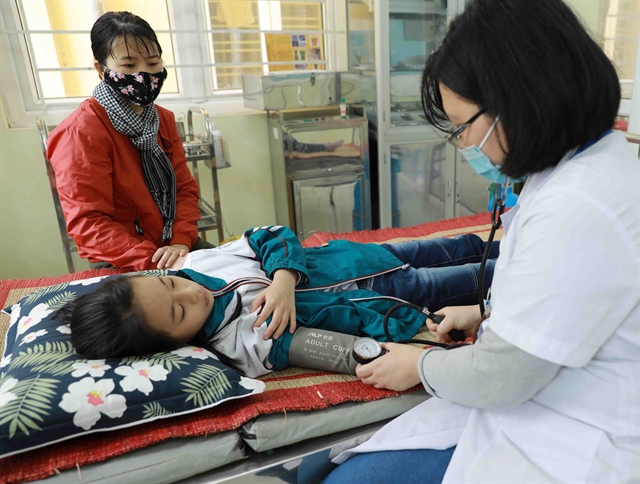
|
| A girl receives medical treatment at Hoa Sơn Commune’s Health Centre in Ứng Hoà District, Hà Nội. |
The district has been transformed and the standard of living for residents enhanced. Rural infrastructure has been gradually upgraded to better meet needs for production and daily life.
The agricultural economic structure is changing towards large-scale commodity production and greater adoption of science and technology, while the proportion of industry and services is rising rapidly. The people’s living standards have seen significant improvement.
Chairwoman of the Farmers' Association of Ứng Hoà District, Đặng Thị Tươi, said that since the initiation of the movement to build new rural areas, the people of Ứng Hoà District have responded in various ways.
Many households voluntarily donated land for road construction, and various organisations joined hands to upgrade and beautify roads.
Over the past ten years of implementing the New Rural Development Programme, local residents have donated nearly 100,000 square metres of land for road construction.
Tươi said these efforts have contributed to the construction of infrastructure, meeting the socio-economic development needs and improving the lives of the people.
The entire district has 370 self-managed road sections, 272 sections with flowers and 100 per cent of the communal and inter-communal road systems, as well as village and inter-village roads, are concrete-paved, totaling 504 kilometres.
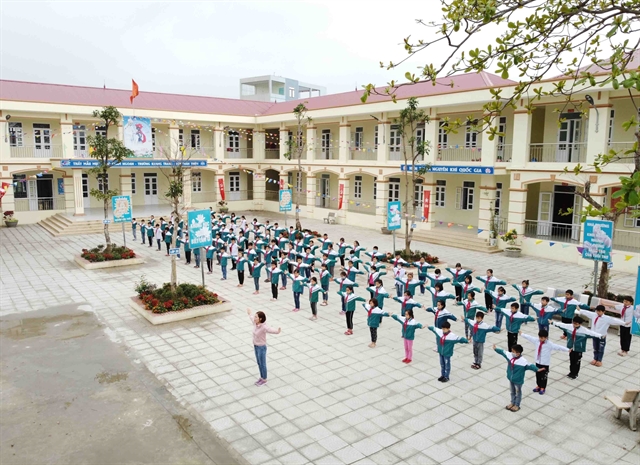
|
| Ứng Hoà District has maximised all resources to invest in building schools and traffic infrastructure. |
Director of the Economic Department of Ứng Hoà District, Phạm Văn Hoạch, said: “The district has flexibly applied the city's policies to mobilise resources within the community and promote the construction of new rural areas, and to overcome difficulties in allocating funds for rural construction projects.”
The city's budget supports 80 per cent of the cost of purchasing materials, with the remaining covered by the district's budget. Project management is carried out by the communities themselves, with contributions from the residents in terms of labour and financial resources, thereby saving one-third of the budget, he said.
Over the past decade, the entire district has implemented the construction of 169 kilometres of village and communal roads and drainage channels with a budget of only VNĐ237 billion ($9.76 million).
After more than ten years of implementing the National Target Programme on New Rural Construction, Ứng Hoà now has all 28 communes meeting the new rural standards; three out of these communes has achieved advanced new rural standards, and Vân Đình Town meets the standards of a civilised urban area. The district has now met all nine criteria for the new rural district.
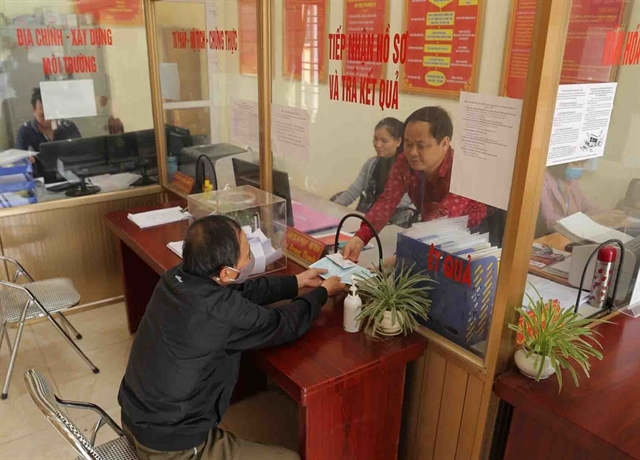
|
| Local people complete administrative procedures at the one-door service model. |
Deputy head of the Permanent Office of Hà Nội New Rural Coordination Nguyễn Văn Chí stated that the process of building new rural areas is a long-term process.
After Ứng Hoà has achieved the title of new rural area, the district will continue planning for the advancement and exemplary new rural area because the core of building new rural areas is to create conditions for people.
The district aims to build new rural areas that are more substantial, practical, effective, and sustainable, linked to the process of urbanization, he added.
The National Target Program on Building New Style Rural Areas was launched by the Vietnamese Government in 2010 to promote rural development nationwide. On March 8, 2022, a new set of criteria for new-style rural communes and another for advanced rural communes were issued for 2021-2025.
A new-style rural community must meet 19 criteria, including planning, socio-economic infrastructure, economy and production, society, culture, and environment. — VNS
* This article is attributed by the Coordination Office of the New Rural Development Program in Hà Nội.
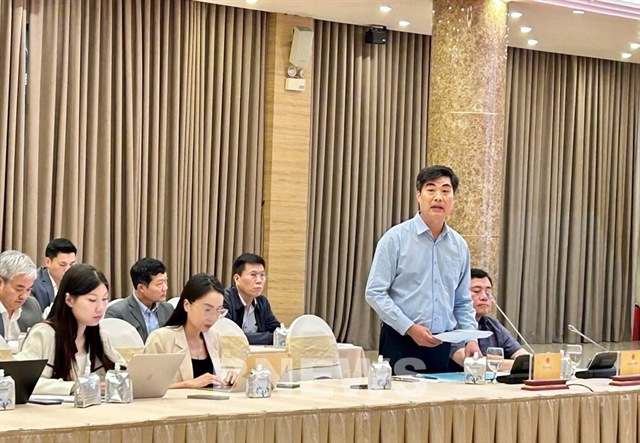
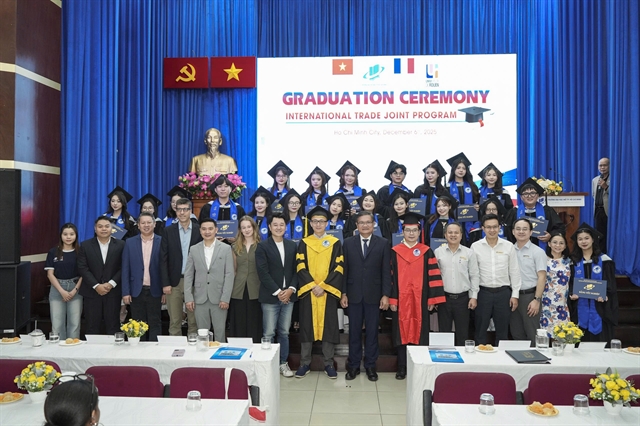

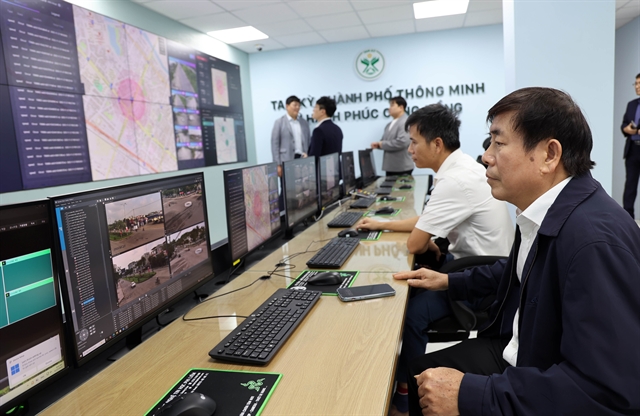
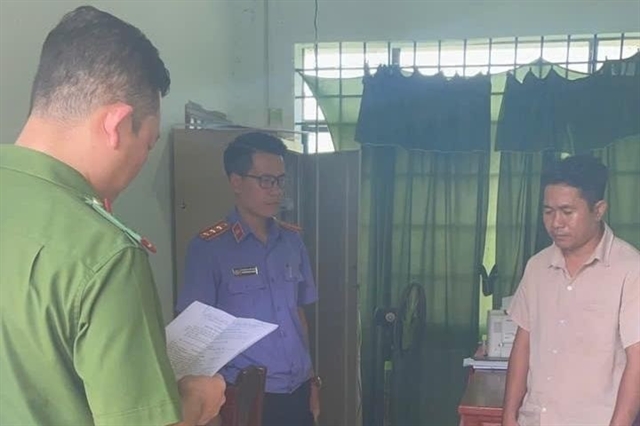


.jpg)
